What to look out for when buying second-hand wheels
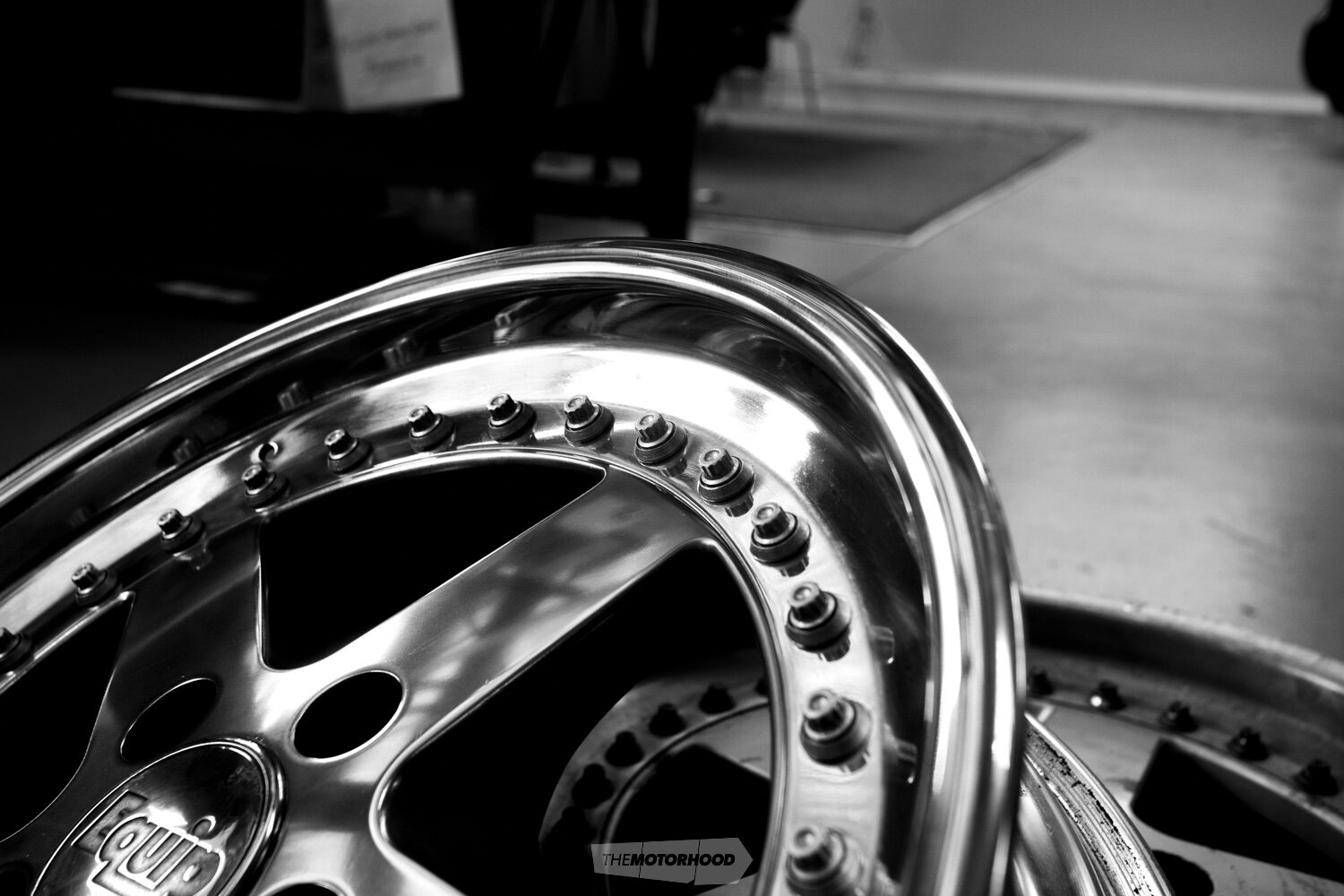
Switching up the wheels that your car sits over is easily one of the quickest, most straightforward, and most cost-effective ways of changing the overall presentation and handling characteristics. The right set of wheels can dictate not only style and fitment but also ride height, steering feel, and acceleration response. Wheels are much more than just simple rollers there to look sweet; they’re a vital component that you want to get right when handing over cold hard cash, and that means knowing what you’re buying. Going new is pretty straightforward, and the operators you’re purchasing off usually have the know-how to advise all the technical bits, but buying second-hand wheels can open you up to a whole heap of heartache that you didn’t even think about when clicking on that ‘for sale’ post. Navigating your way through a minefield of potentially damaged wheels, often undetectable at first glance, ain’t an easy task, and getting caught out with damaged examples can mean extra costs that you hadn’t factored in. To prevent any surprises, we’ve wangled professional wheel spinner Kieran Stewart into walking you through what to look for.
Kerbing
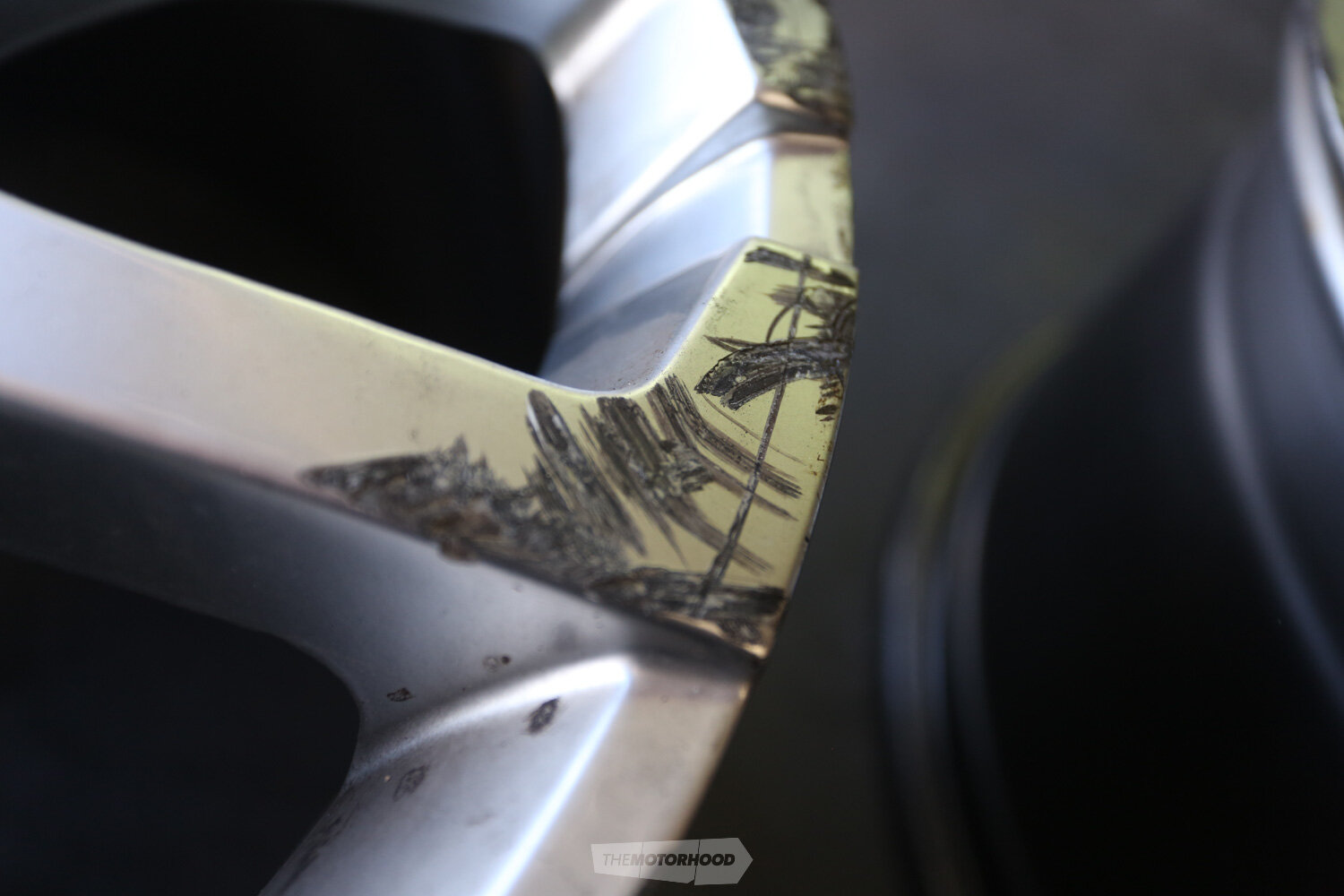
As the name suggests, ‘kerbing’ is the scratching and/or gouging caused by contact between the wheel and a kerb or other hard surface. This is normally found on the outer lip or on the face itself, the most outer facing surfaces of the wheel. However, Kieran tells us that he has seen kerb damage on the inside lip as well, caused by a bit of creative driving. This is straightforward to identify and will be the first type of damage you will see when inspecting the wheels. Note how deep and harsh the kerbing is. Most wheels will have some form of kerbing, although serious kerbing may be a sign of further damage such as bends, buckles, or cracks caused by harder impacts.
Bends and buckles
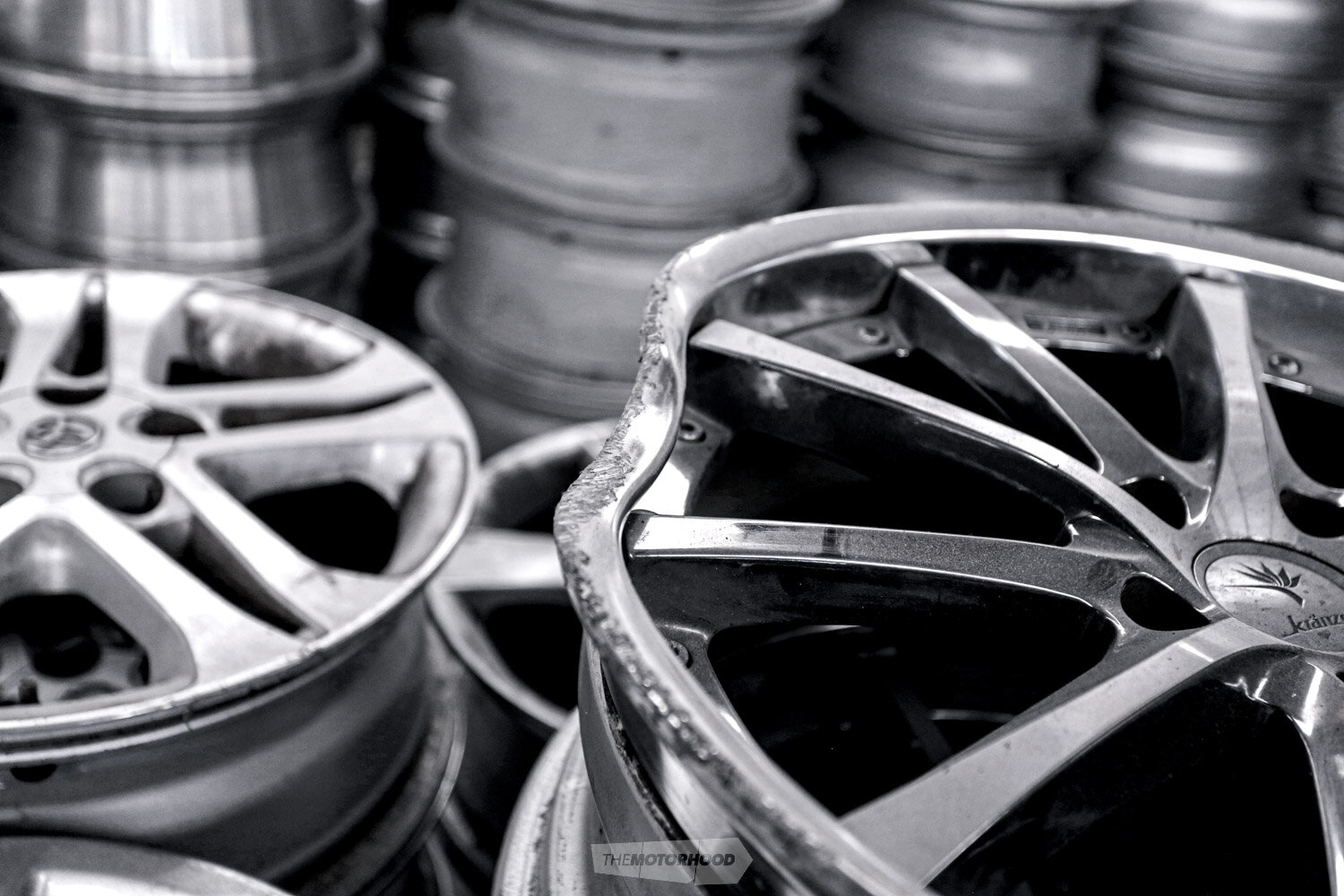
Generally speaking, a ‘bend’ is an isolated dent in a wheel, normally on the inner face — back of the wheel — but it can sometimes be found on the outer face too. Bends can be caused by hard impact with potholes, kerbs, or other harsh surfaces. They can be identified by looking at the inner or outer face and noting any significant change in level either to the centre of the wheel itself or into the centre of the face, depending on how the damage has occurred. You should be able to distinguish bends from kerbing quite easily. Buckles are a bit more serious but less common. When a hit is hard enough it can cause the wheel to buckle through parts not directly related to the initial impact, or cause of bend. You can also get a twist if a wheel is hit in a sideways direction, causing the wheel to not run true in relation to the face that bolts to the hub. A quick test for buckling: with the tyre off, roll the wheel along a smooth, flat surface and note how true the movement is. Alternatively, you can bolt the wheel to a hub and spin it, watching for the same thing.
Cracks
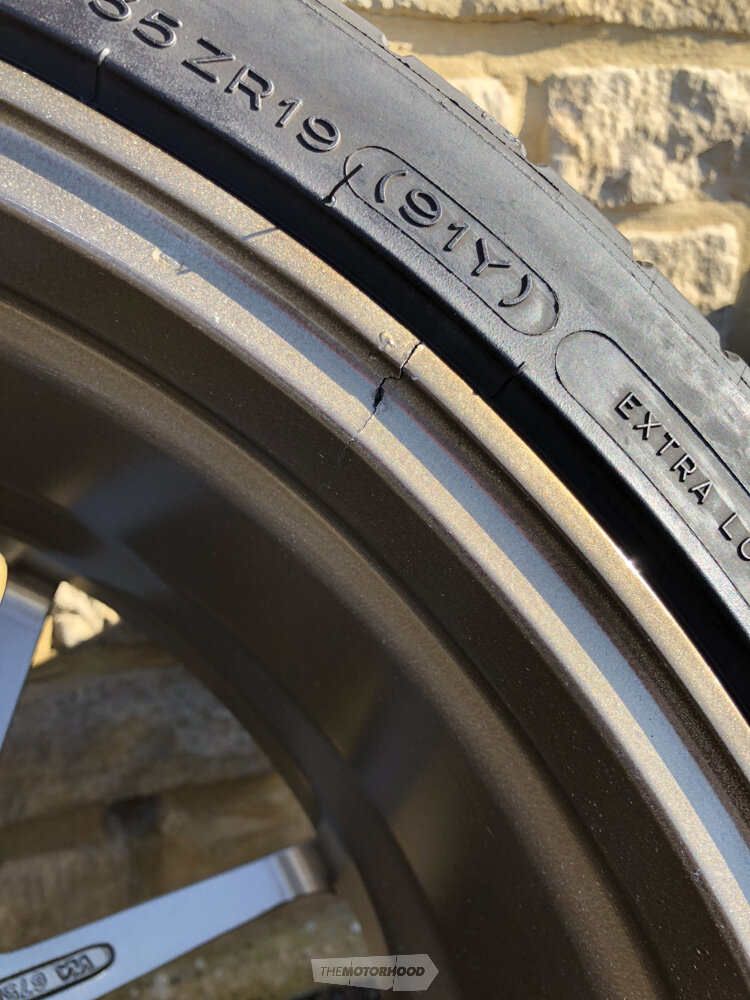
These are typically identified by a physical or visible split in the metal, which causes a wheel to be weak or to leak due to the inability to seal correctly. Cracks can be present on spokes, on inner or outer lips, or within the barrel itself. It requires a good eyeball to spot a crack and, depending on the extent of the crack, a little investigation to determine whether the crack is simply the paint surface or the metal itself.
Previous repairs
Previous repairs can be noted by colour differences in the paint, and change in lip depth or sharpness of casting edges in comparison to other wheels within the set. If a welded crack hasn’t been ground down correctly, you may also detect a slight raised portion of metal on the surface.
Repairing damage
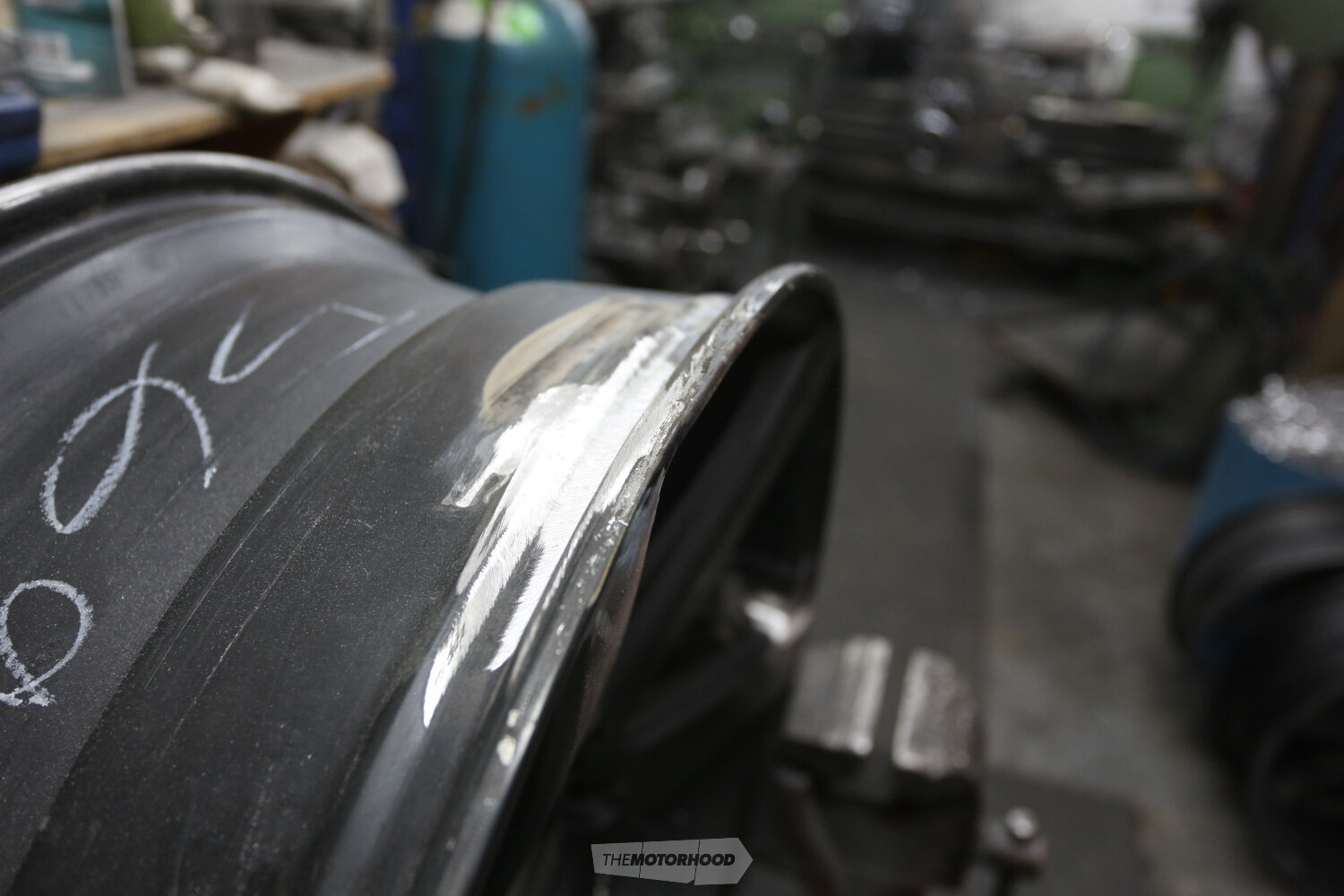
All of these issues can usually be repaired by your local wheel repair specialist, and we’ve included a list of those that we recommend following. A quality repair from these professionals will see the damage corrected with little to no signs that a repair has taken place, and will also prevent repairs from failing in future. It’s important to keep an eye out for both the existing damage detailed here and previous repairs that may not have been done to a professional standard, so that you can receive the right advice around correcting these after purchase and factor this into your budget. It pays to call and discuss any existing damage or repairs with a professional before making your purchase.
Tyres
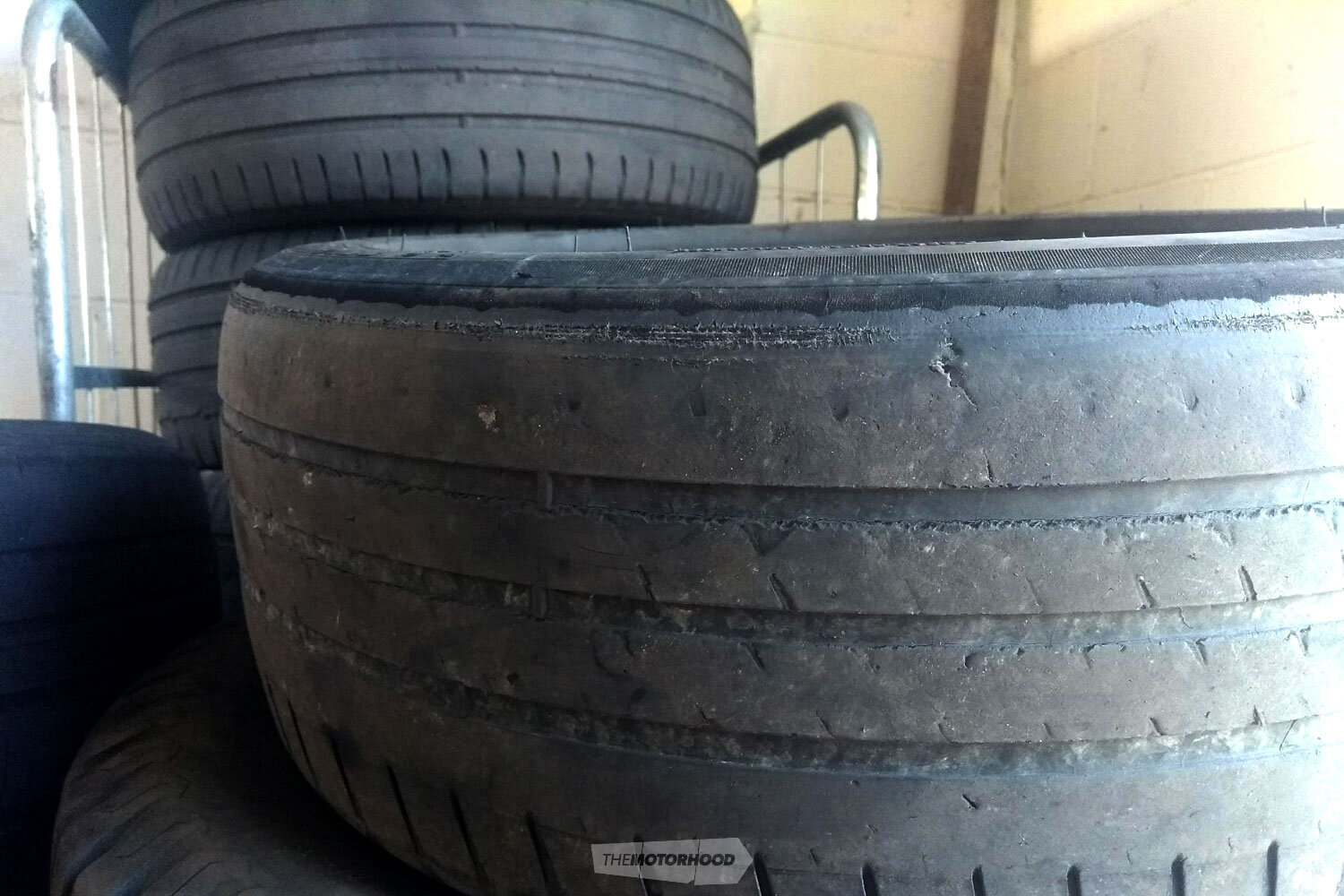
This guide assumes that you’re buying wheels without tyres. If the wheels do include tyres and you intend to use these, you’ll want to look at the tread depth. Local regulations dictate that you must have at minimum 1.5mm of tread around the full circumference of the tyre. Most tyres have moulded tread-depth indicators, which are flush with the tyre tread when it has reached the minimum depth. You’ll want to check for any obvious punctures or splits in the sidewall that would cause air to leak, and age is also an important factor. Over time, tyres become hard, causing cracks and loss of effective traction. Tyres have age stamps that denote the week and year they were manufactured — for example, ‘2319’ would indicate that the tyre was made in the 23rd week of 2019. Although where a tyre is stored and how it has been used can change its life expectancy, a good amount of time to look for is three–four years.
The end result
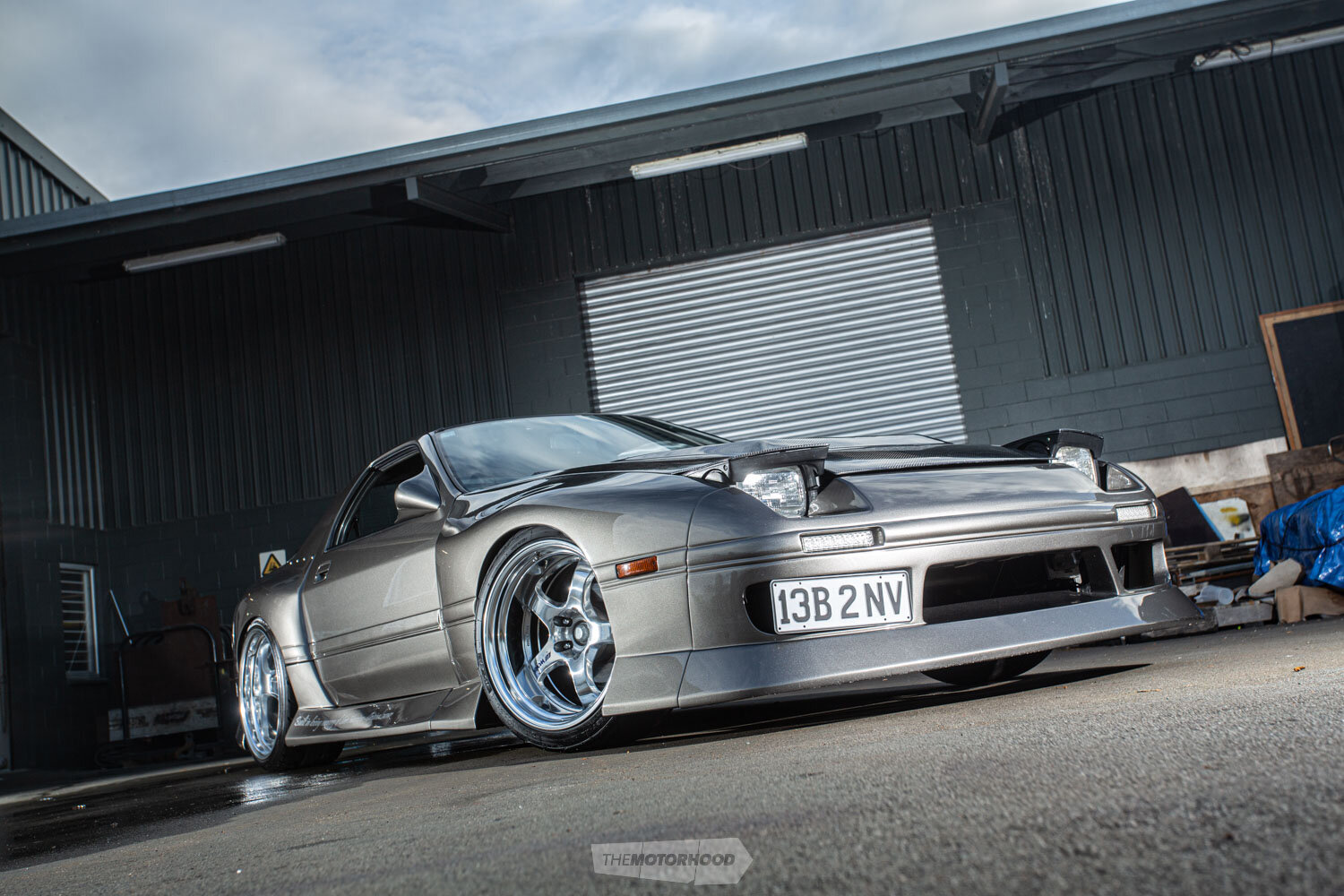
Hopefully, you now feel confident that you know what you’re looking for if you are buying yourself a sweet new set of rollers. If all else fails, and you aren’t 100-per-cent sure if damage exists, ask the seller if you can take the offending wheel(s) to the local wheel shop and see what they think. A quick spin up on the balancing machine will usually lay it all bare. If there is damage, don’t stress, as all the mentioned defects can usually be repaired. The main thing is to be aware of what you’re getting into. Happy buying!
Wheel repairers we recommend:
Advanced Plating & Polishing – www.advancedchromeplaters.co.nz
Alloy Wheel Repair – www.alloywheelrepair.co.nz
Arrow Wheels Ltd – www.arrowwheels.co.nz
Machine Part Welding & Engineering Limited – www.mpw.co.nz
Manukau Auto & Tyre Centre – www.magsandtyres.co.nz





